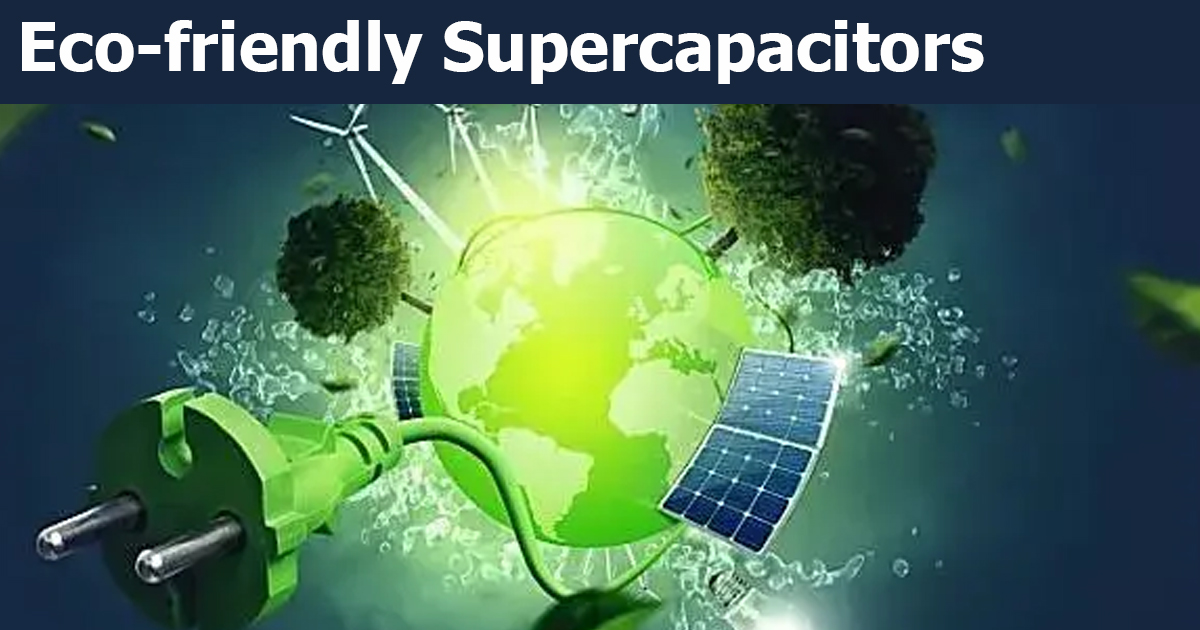
Context: Researchers have developed environmentally friendly supercapacitors.
Coconut Husk-Derived Activated Carbon: Utilizing coconut husk-derived activated carbon offers promising, eco-friendly solutions for high-performance supercapacitors due to its availability, low cost, and sustainability.
Supercapacitor
- Definition: A supercapacitor, also known as an ultracapacitor, is an advanced energy storage device.
- Benefits: It provides high power density, durability, and fast charging capabilities compared to traditional capacitors and Lithium-Ion batteries (LIB).
- Components: Key components include electrodes, electrolytes, separators, and current collectors.
- Cost Reduction: Efforts to reduce manufacturing costs should focus on minimizing expenses related to electrodes and electrolytes, which significantly contribute to overall production costs.
- Electrodes: Conduct electricity through non-metallic mediums.
- Electrolytes: Produce conductive solutions when dissolved in polar solvents like water.
Capacitor vs. Supercapacitor
- Capacitor:
- A passive electronic component that stores electrical energy in electrostatic charge.
- Typically constructed with two conducting plates separated by a dielectric material such as ceramic.
- Supercapacitor:
- A type of capacitor with significantly higher capacitance and lower voltage ratings.
- Uses activated carbon-coated electrodes separated by an electrolytic solution as a separator instead of a dielectric.
- Can store energy electrostatically, electrochemically, or in a hybrid manner.
- Offers higher energy density (1-5 Wh/kg) compared to capacitors (0.01-0.05 Wh/kg).
- Features faster charging and discharging times (milliseconds to seconds).
- Operates in a wider temperature range (-40 °C to +85 °C).
- Applications include UPS systems, RAM modules, CMOS circuits, and portable electronics where quick power stabilization is crucial.




